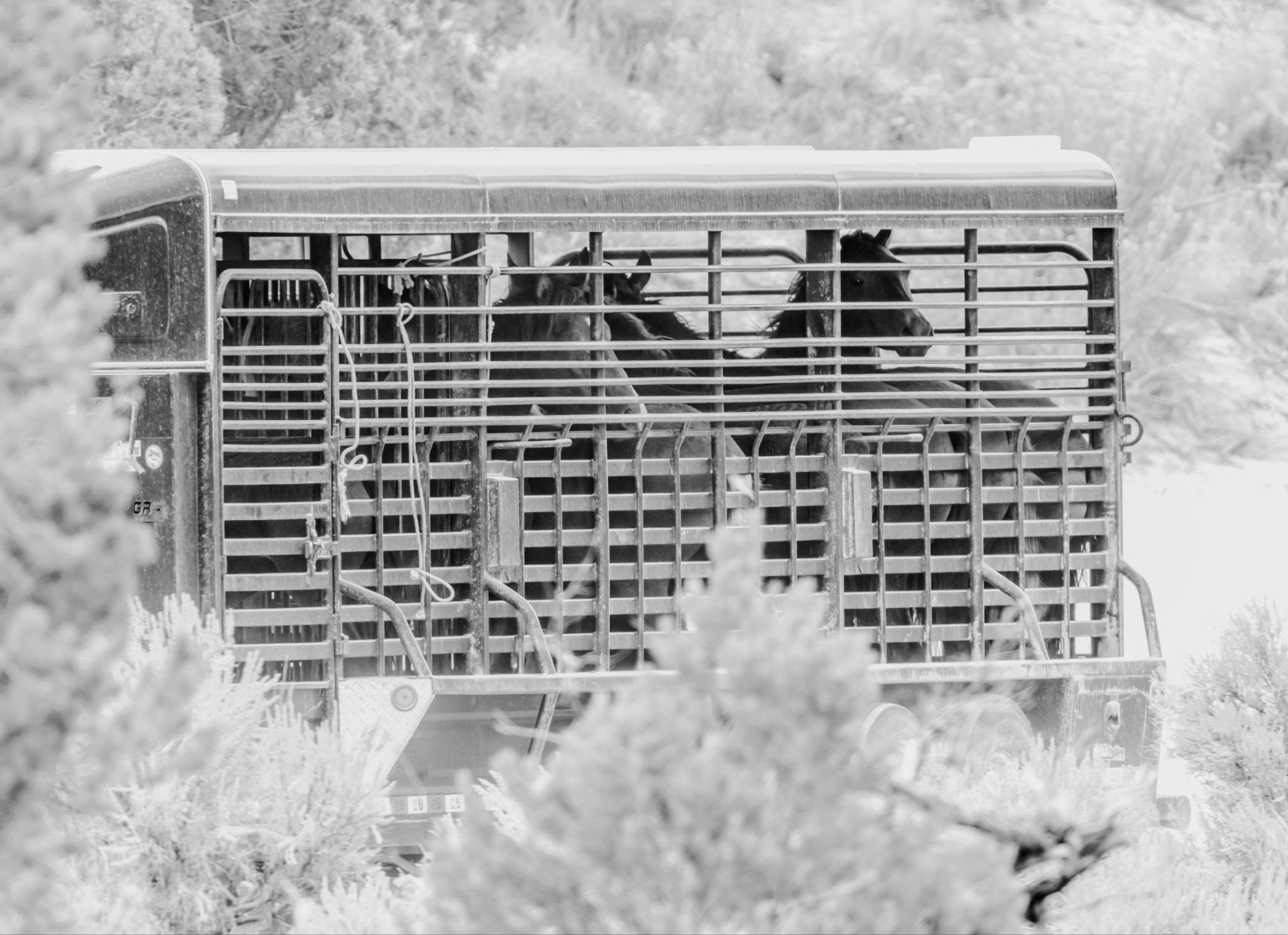This Week’s eNews: Read Our Latest Roundup Reports From California and Colorado
The following is from the American Wild Horse Campaign:
We’ve got a lot to share with you in this week’s edition of eNews, including an action you can take to protect wild horses and burros on Capitol Hill, an insightful new op-ed from our Executive Director, Suzanne Roy, and the latest roundup reports from California and Colorado.
Read on to learn more!
Tell Congress: Protect Wild Horses and Burros in the FY24 Spending Bill!

As we witness wild horses being rounded up and removed from public lands this summer, it’s important to remember that we have a key opportunity to advocate for humane reforms to the Bureau of Land Management’s (BLM) Wild Horse and Burro Program in Congress’ Fiscal Year (FY) 2024 appropriations bill. Please take one moment to call on your members of Congress to support the language in this bill, which includes funding for humane, in-the-wild management strategies on behalf of our beloved wild horses and burros!
Op-Ed: The best way to protect wild horses is through fertility control

Photo by Laurie Ford
Helicopter roundups are hugely expensive and inhumane, and because they don’t stabilize the population, they have to be done again and again. The best and proven way to protect wild horses is through fertility control. The best way to keep wild horses free on public lands is through fertility control. Wild horses deserve far better than cruel captures by helicopters, to then be placed in cramped government holding facilities. Read the latest from AWHC’s Executive Director, Suzanne Roy.
Report: Devil’s Garden Roundup Begins

On September 4, while many Americans were taking a day of rest and relaxation, the Devil’s Garden wild horses were being forcefully removed from their habitat on more than 278,000-acres of public land in California. AWHC was on site to bring you the latest.
BLM Colorado Conducts Final Removal of West Douglas Mustangs

Photo by WilsonAxpe PhotoAdvocacy
The West Douglas Herd Area (HA) is situated in the northwest region of Colorado, just like the Piceance-East Douglas Herd Management Area (HMA). However, there is a difference between the two. While the Piceance HMA permits a maximum of 235 horses to reside there, the BLM has set the allowed population level of the West Douglas HA to 0. The BLM attributes this decision to the challenging terrain and limited summer range in the area. Interestingly, the agency still allows hundreds to thousands of cows to graze in the habitat area. Read our roundup report here.
Thanks for reading. And thank you for continuing to stand up for our cherished wild horses and burros!
— AWHC Team
